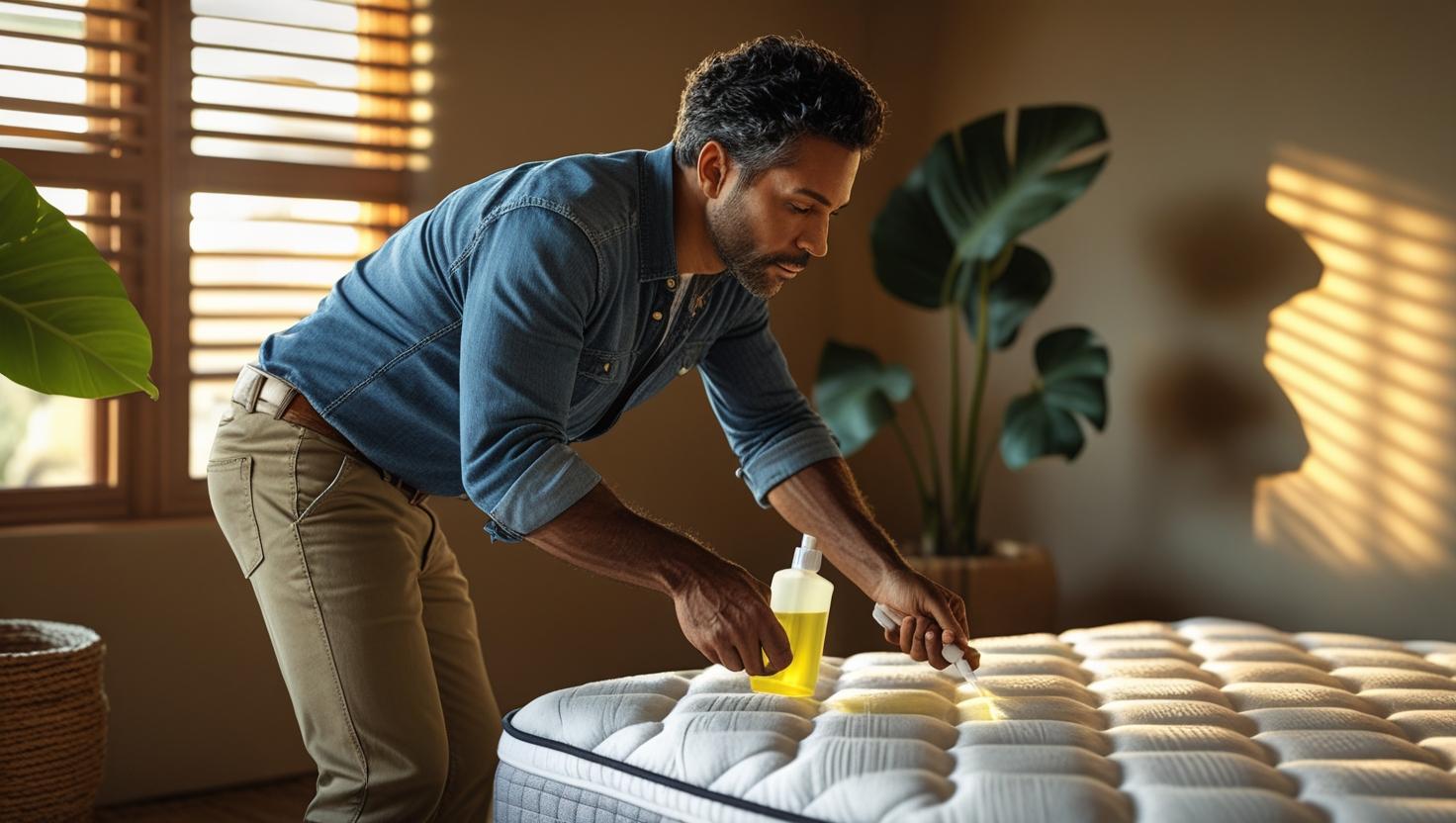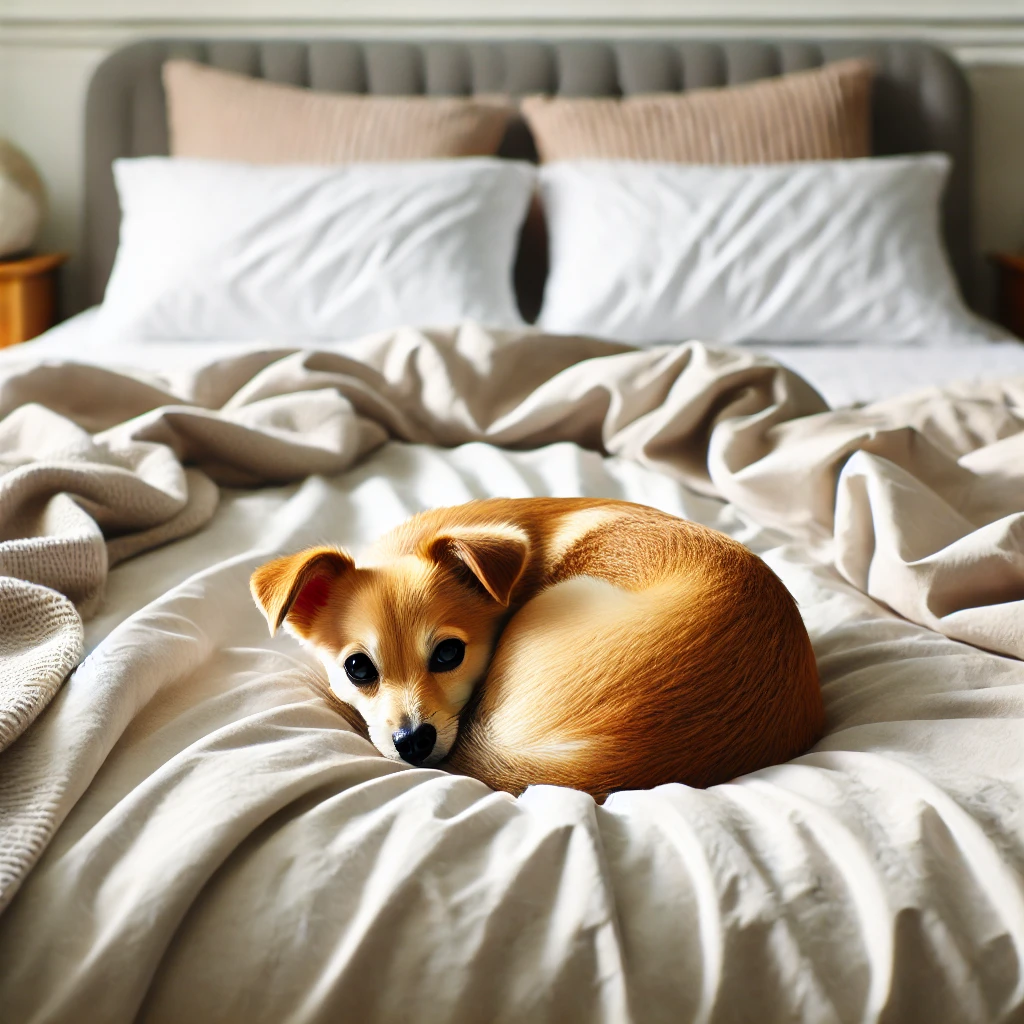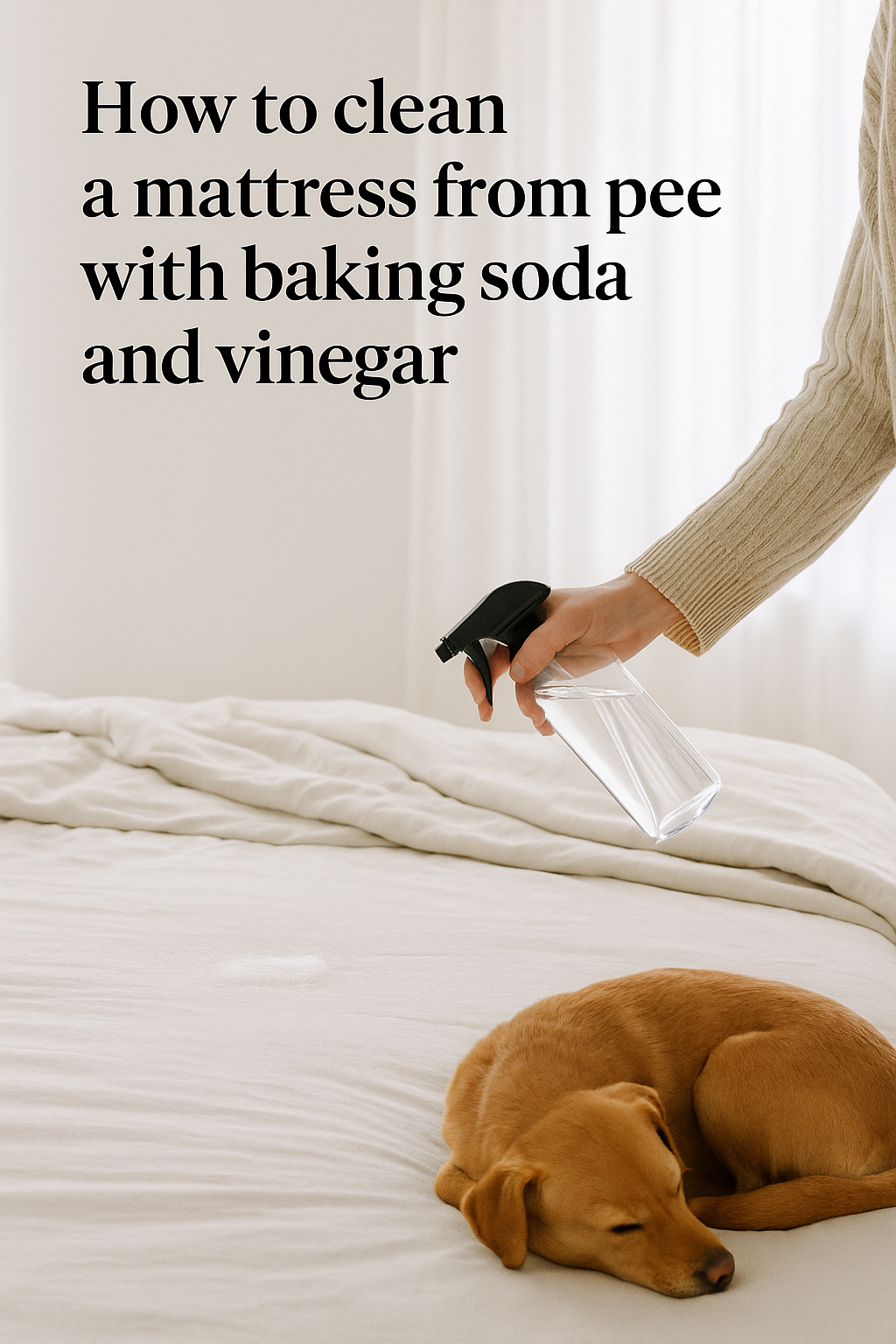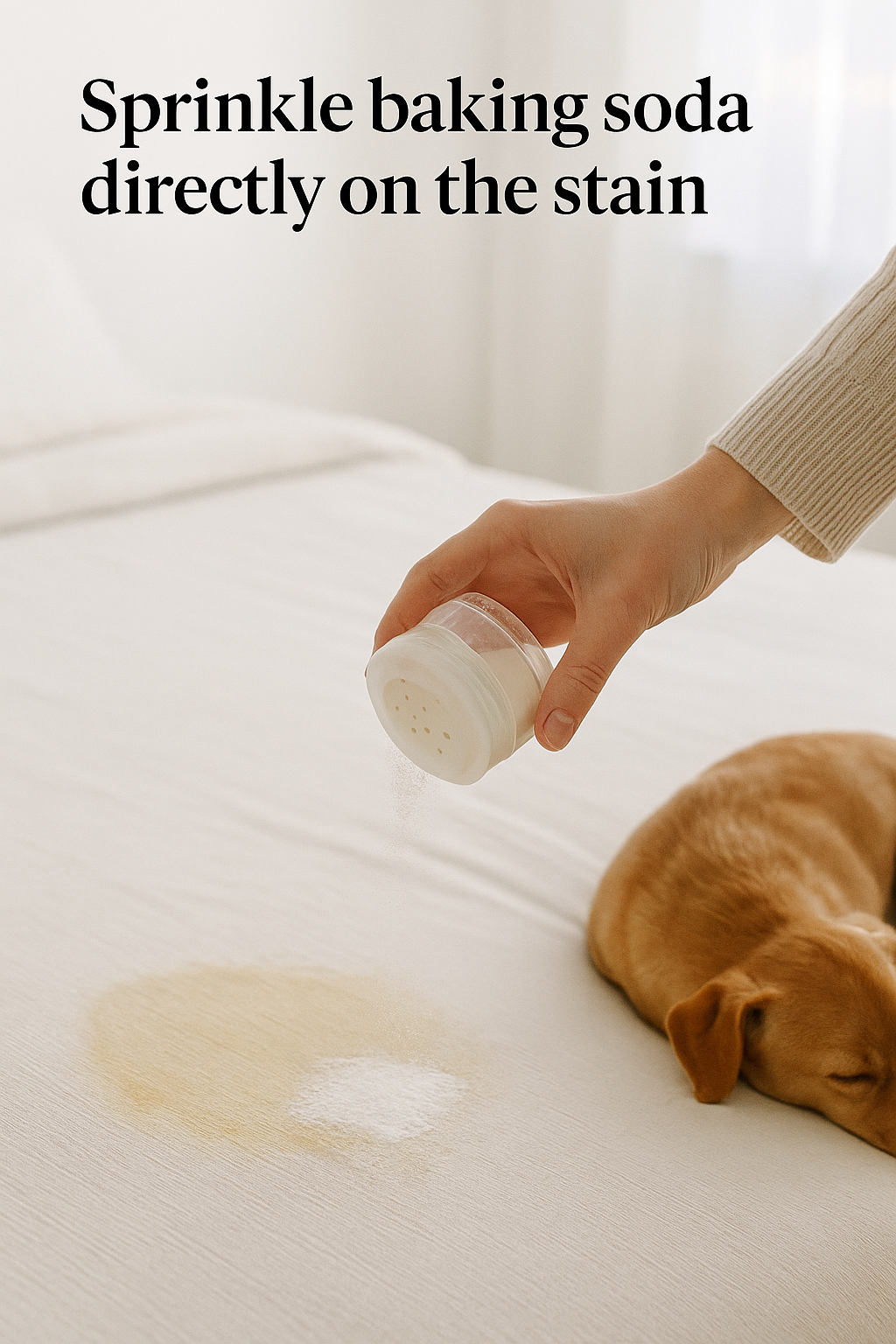Clean Stains Out of Mattress
Clean stains out of mattress effectively with natural, easy-to-follow techniques that tackle everything from wine spills to pet accidents.
Key Takeaways: Clean Stains Out of Mattress
- Natural ingredients like vinegar and baking soda safely remove mattress stains
- Act fast—blot, don’t rub—to keep stains from setting into fabric
- Use enzyme cleaners on organic stains (urine, vomit) for best results
- Exact phrase: Clean stains out of mattress with diluted peroxide for blood and wine
- Protect your bed with a waterproof cover to extend its lifespan
Why Cleaning Stains Out of a Mattress Matters
Over time, your mattress absorbs sweat, allergens, and spills, which can affect your health and sleep quality. Cleaning stains out of mattress surfaces prevents odor buildup, bacterial growth, and permanent discoloration. A spotless mattress promotes restful sleep and keeps your bedroom fresh.

Step-by-Step: How to Clean Stains Out of Mattress
1. Clean Blood Stains from a Mattress
Answer first: Use cold water, then apply diluted peroxide sparingly and blot—never rub.
- Blot the Stain: Dab excess blood with a clean cloth—do not scrub.
- Cold Water Spray: Mist with cold water; blot to dilute.
- Hydrogen Peroxide (3%) Solution: 1 part peroxide : 2 parts water. Apply lightly; blot after 5 minutes.
- Vinegar + Baking Soda Paste (optional): Let dry; wipe with a damp cloth.
Tip: Avoid hot water—it sets protein stains more deeply.

2. Clean Urine Stains from a Mattress
Answer first: Neutralize with a 1:1 vinegar solution, then deodorize with baking soda and fully dry.
- Blot: Press with towels to absorb as much as possible.
- Spray Vinegar Solution: Equal parts white vinegar and water; blot again.
- Baking Soda: Cover the spot; leave for several hours or overnight.
- Vacuum: Remove dried soda with an upholstery attachment.
- Enzyme Cleaner (optional): Use for persistent organic odors.
3. Clean Vomit Stains from a Mattress
Answer first: Remove solids, then use an enzyme cleaner or a gentle vinegar-dish soap mix; blot and air dry.
- Remove Solids: Wear gloves; discard residue.
- Apply Cleaner: Enzyme cleaner or vinegar + a drop of mild dish soap.
- Blot & Rinse: Use a damp cloth to lift residues.
- Air Dry: Use a fan to speed drying.
4. Clean Wine Stains from a Mattress
Answer first: Blot immediately, draw out moisture with salt, then spot treat with diluted peroxide and mild soap.
- Blot Excess: Absorb with a clean towel.
- Salt Lift: Sprinkle salt; let it pull pigment and moisture.
- Diluted Peroxide: Lightly dab; blot.
- Dish Soap Solution: Blot until the color lifts.

Preventing Mattress Stains
Answer first: A waterproof protector and quick spot-cleaning are the best defense.
- Mattress Protector: Use a waterproof, breathable barrier.
- Spot Clean Immediately: Blot liquids; avoid over-wetting.
- Routine Vacuuming: Vacuum every 2–3 months to reduce allergens.
Natural Cleaning Solutions
Answer first: Keep baking soda, white vinegar, and 3% hydrogen peroxide on hand for most stains.
- Baking Soda: Deodorizes and absorbs moisture.
- White Vinegar: Helps break down proteins; neutralizes smells.
- Hydrogen Peroxide (diluted): Useful on blood and wine discoloration; spot test first.
For expanded guidance, see the Sleep Foundation’s mattress stain guide.
The Importance of Regular Mattress Cleaning
Answer first: Routine cleaning reduces allergens, improves air quality, and helps your mattress last longer.
- Reduce Allergens: Regular upkeep removes mites and dander.
- Improve Sleep: A clean environment promotes easier breathing.
- Extend Lifespan: Prevent stains and fabric degradation.
Protecting from spills is half the battle—browse Parachute’s mattress & bedding protectors or their protector buying guide for care tips. For bedroom inspiration that supports a calming sleep space, explore Architectural Digest’s bedroom ideas gallery.

Final Thoughts on Clean Stains Out of Mattress
Learning how to clean stains out of mattress materials is essential for health, comfort, and durability. Whether it’s a child’s accident or a wine spill, quick action and natural cleaners make all the difference. Use these Cozy Bed Quarters–approved techniques to refresh your mattress and sleep cleaner, longer.
FAQ
- What is the best homemade cleaner for mattress stains?
- A 1:1 mix of white vinegar and water works for many stains. Add a drop of mild dish soap for extra cleaning power, and finish with baking soda to deodorize.
- Can hydrogen peroxide damage a mattress?
- Yes, it can bleach fabrics. Always spot test in a hidden area and dilute to reduce risk.
- How often should I clean my mattress?
- Vacuum every 2–3 months, spot clean immediately, and deep clean every 6–12 months.
Related Reading
- Sleep Foundation: Mattress Stain Removal
- Parachute Home: Mattress & Bedding Protectors
- Architectural Digest: Bedroom Ideas Gallery







